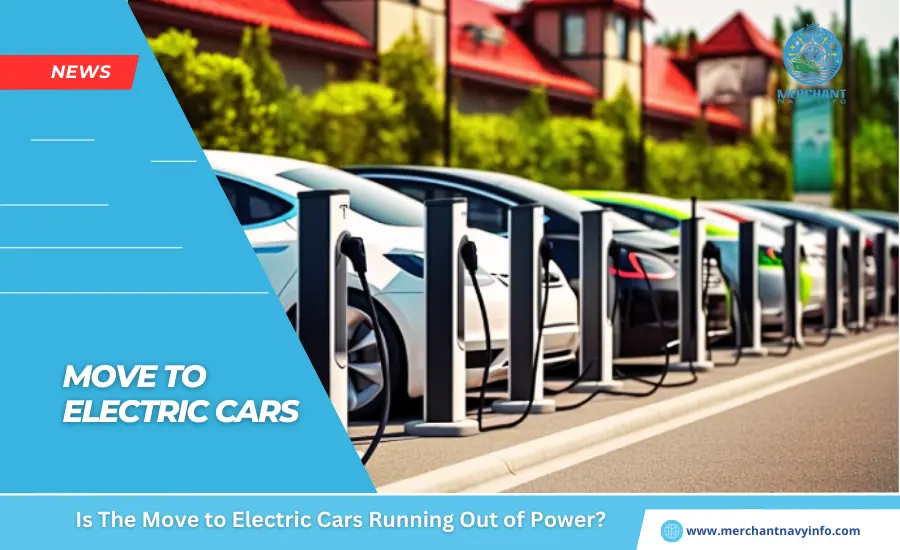
Any highway driver knows this feeling. Driving down, it seems like there are miles of open road ahead of you. But out of nowhere, you slow down. Something similar will appear in the electric car market in 2024. After years of rapid sales, growth appears to have stalled.
Replacing fossil fuel cars with electric vehicles is at the heart of the U.K. government’s plans. To meet climate targets, road transport accounts for 12% of global emissions. The question is, is this a blip that will quickly disappear in the rearview mirror, or will it last longer? And if the situation continues, will governments have the courage to do whatever it takes to stay net zero?
To Meet Climate Targets, We Need To Buy More Electric Cars
The growth in sales of electric vehicles is remarkable. In 2020, there were 10 million electric vehicles on the road; by 2023, there will be 45 million. However, sales need to remain noteworthy, and the chart below shows how. According to the International Energy Agency (IEA), 790 million electric vehicles will be needed by 2035 to reach net zero electric vehicles by mid-century. This means sales growth of 27% per year.
That’s why the fact that Tesla, the world’s largest electric car manufacturer,’s global sales were actually lower in the first quarter of 2024 than in the same period in 2023 raised eyebrows. BYD, China’s largest electric car maker, is competing with Tesla to be in the top spot. BYD’s performance also slumped from January to March. Also, in the final quarter of last year electric vehicle sales in Europe fell by more than 10% year-on-year, although sales across the U.K. increased year-on-year.
People Aren’t Sure If It’s Worth It
Analysts say strong sales of electric cars in the U.K. in recent years have been driven by the purchase of company cars, thanks to generous tax breaks. However, the private customer market has proven more difficult to address, largely because it is shunned by high costs. The average price of a new electric car in the U.S. is over $60,000 (£47,433). Prices are similarly high in Europe and the U.K.
Thanks to high government subsidies and increased production efficiency, the average cost to consumers in China is only $30,000. And BYD’s Seagull hatchback sells for less than $10,000. China is also producing far more electric vehicles than domestic market demand. If unchecked by tariffs, cheap cars could easily flood the U.S. and European markets.
Difficult Decisions At A Crossroads
Here is the dilemma for European and American politicians. They want cheaper electric cars to help accelerate climate change, but they don’t want to sacrifice their own automakers like Ford and Volkswagen or local jobs. In reality, the goal is to raise tariffs and other trade barriers on imports to keep out highly competitive Chinese electric vehicles. That’s exactly what U.S. President Joe Biden did this week, imposing new 100 percent tariffs on electric vehicle imports from China. The IEA continues to forecast an increase in sales in 2024, which will keep us more or less on the path to net zero.
Optimists hope that more people will buy electric cars as affordable used cars come onto the market in Europe and America. However, this free path is not guaranteed. Electric vehicle prices in the West may remain stable while China continues to produce ultra-cheap cars. The tension between Western governments’ desire to decarbonize transportation and their desire to protect domestic manufacturing masters is then expected to become even more acute.










